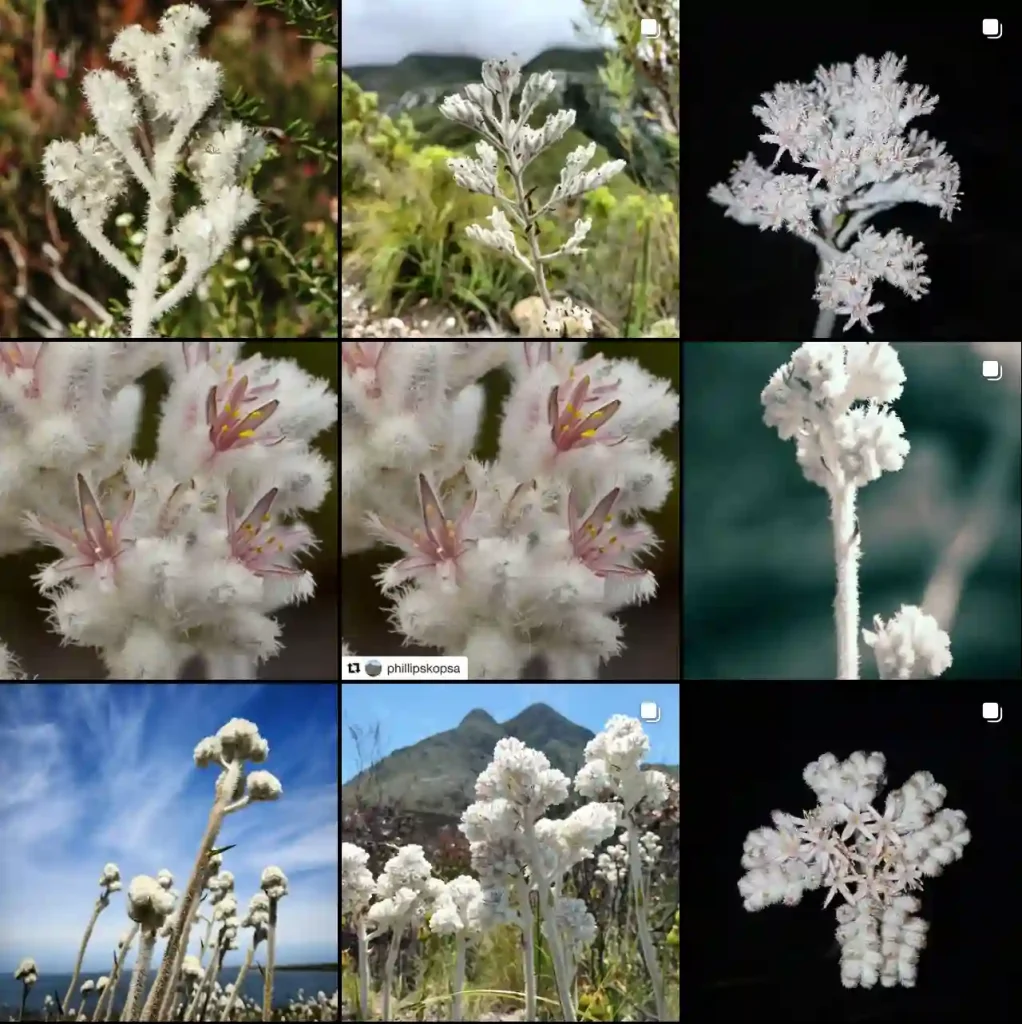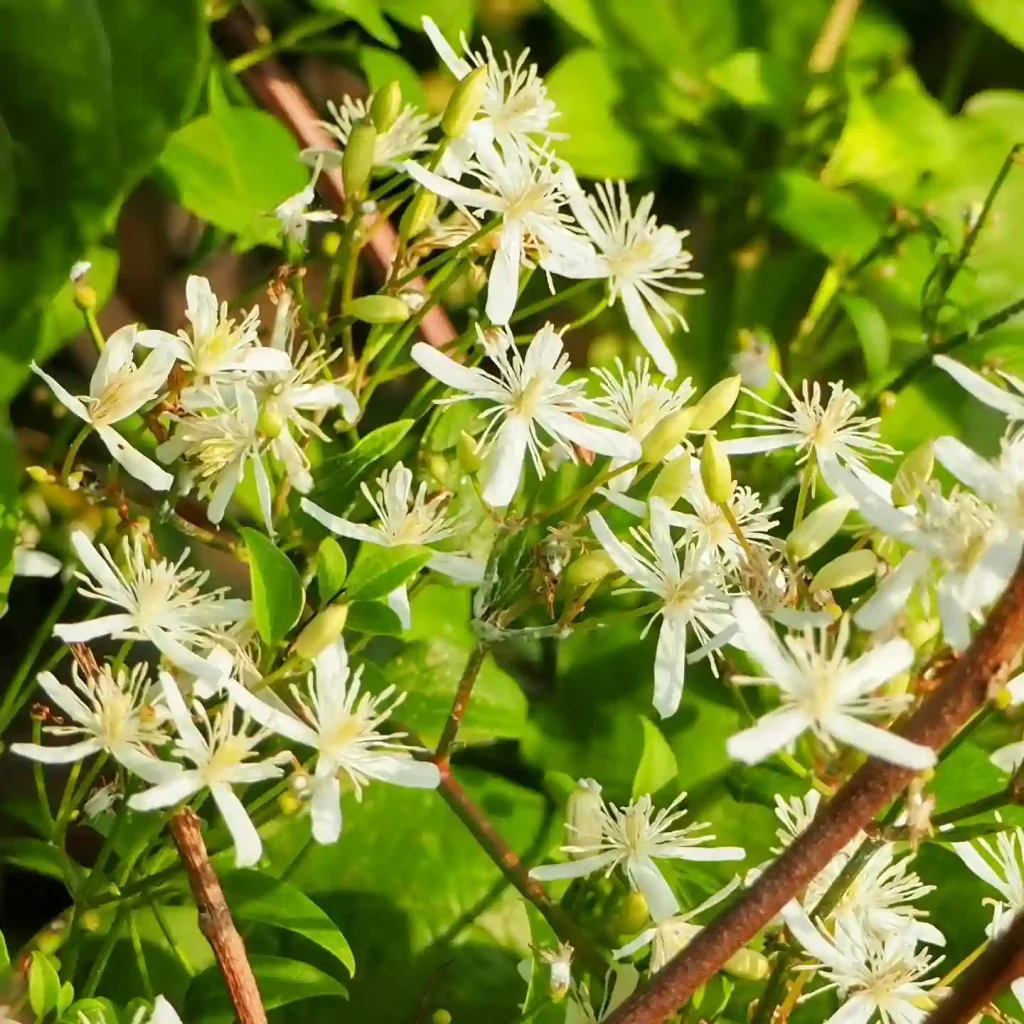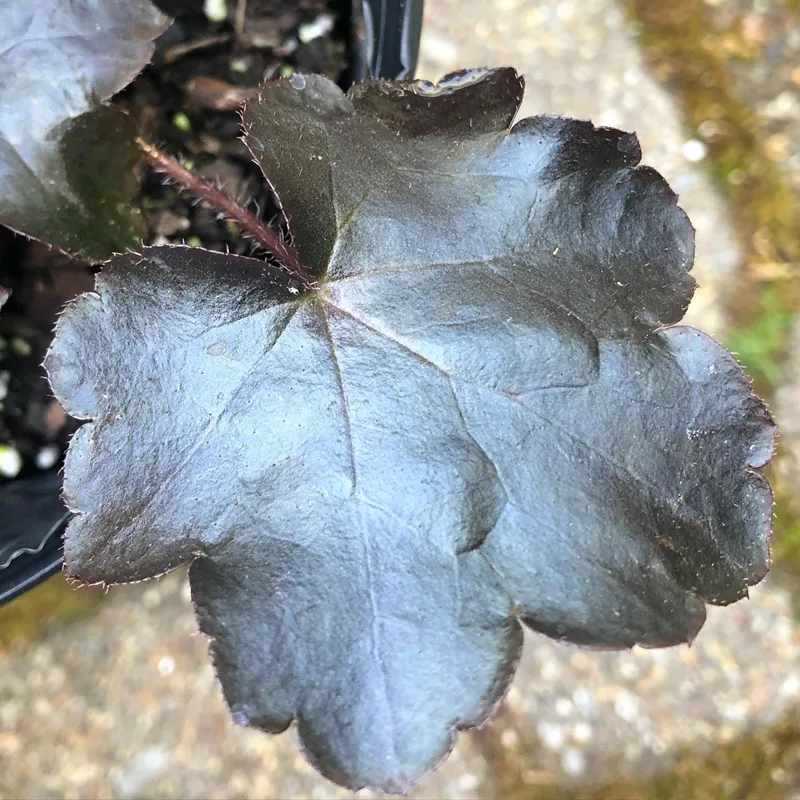
The Olympian Fig Tree, a fantastic choice for home gardeners, is known for its hardiness, adaptability, and sweet, rich figs. I’ve had some personal experience with these beauties, and I find them a joy to grow. If you’re curious about how to care for them or have any other questions, you’re in the right place. Here are some frequently asked questions that will help you better understand the Olympian Fig Tree.
What is an Olympian Fig Tree?
The Olympian Fig Tree is a cold-hardy fig variety known for producing large, sweet fruits with a violet hue. It’s a favorite among gardeners in cooler climates since it can thrive in zones where other fig trees might struggle. Whether you’re planting it in a container or directly in the ground, the Olympian Fig Tree can adapt to different environments, making it a versatile choice.
Olympian Fig Tree Size
One of the first questions people ask is, “How big does an Olympian Fig Tree get?” A full-grown Olympian Fig Tree typically reaches a height of 8 to 10 feet with a similar spread. However, with proper pruning, you can control the size if you’re growing it in a smaller space or container.
Olympian Fig Tree Care
Caring for an Olympian Fig Tree is relatively easy, even for beginners. The tree prefers full sun, around six hours a day, but can tolerate partial shade. The key is to ensure well-drained soil to prevent root rot. I usually water my tree deeply but infrequently, allowing the soil to dry out a bit between watering. During the growing season, applying a balanced fertilizer every four to six weeks helps promote healthy growth.
Full Grown Olympian Fig Tree
A full-grown Olympian Fig Tree produces abundant fruit, usually ripening in late summer to early fall. The figs are delicious, with a honey-like sweetness that makes them perfect for eating fresh or using in desserts. The tree’s mature size makes it ideal for both urban and rural gardeners alike, providing plenty of fruit without taking up too much space.
Olympian Fig Tree Growth Rate
The growth rate of an Olympian Fig Tree can be moderate to fast, depending on the care it receives. Under optimal conditions, expect it to grow 1 to 2 feet per year. If you’re looking to accelerate growth, providing ample sunlight, water, and nutrients is essential. I’ve noticed that once established, the tree becomes more resilient and self-sufficient.
Olympian Fig Tree Zone
The Olympian Fig Tree is hardy in USDA Zones 6-10. It’s one of the reasons I love this variety—it’s incredibly adaptable to different climates. If you’re in a colder zone, you can grow the tree in a container and bring it indoors during the winter months. This makes it a great option for those who want fresh figs but live in areas with harsh winters.
Olympian Fig Tree Pruning
Pruning is an essential part of Olympian Fig Tree care. I usually prune mine in late winter or early spring before new growth begins. The goal is to remove any dead or damaged branches and maintain an open shape that allows sunlight to reach all parts of the tree. This not only helps with fruit production but also prevents disease.
Are Olympian Fig Trees Self-Pollinating?
Yes, Olympian Fig Trees are self-pollinating. This means you only need one tree to produce fruit. If you’re tight on space, this is a huge benefit since you don’t need to plant a second tree for cross-pollination. I’ve had great success with just one Olympian Fig Tree, and it produces more figs than I can eat!
How to Plant Olympian Fig Tree?
Planting an Olympian Fig Tree is straightforward. I recommend choosing a location with full sun and well-draining soil. Dig a hole twice as wide as the root ball, place the tree in the hole, and backfill with soil. Water thoroughly after planting to help establish the roots. If you’re planting in a container, make sure it’s large enough to accommodate the tree’s growth, and use a high-quality potting mix.
How to Propagate Olympian Fig Tree?
If you want to propagate your Olympian Fig Tree, it’s relatively simple. One method is to take cuttings in late winter or early spring. Cut a branch about 6-8 inches long and place it in a pot filled with a mixture of sand and compost. Keep the soil moist, and in a few weeks, roots should begin to form. I’ve had success with this method, and it’s a great way to share this wonderful tree with friends and family.
What to Plant with Olympian Fig Tree?
When deciding what to plant with an Olympian Fig Tree, consider companion plants that don’t compete too much for nutrients. Lavender, rosemary, or thyme make excellent companions since they enjoy similar growing conditions and can help repel pests. I like to keep my Olympian Fig Tree as the centerpiece, with herbs surrounding it to create a low-maintenance and aromatic garden.
How to Protect Olympian Fig Tree in Winter?
If you live in a colder zone, protecting your Olympian Fig Tree in winter is crucial. I recommend wrapping the tree in burlap and mulching heavily around the base to insulate the roots. If you’re growing the tree in a container, simply bring it indoors or into a garage where temperatures stay above freezing. This extra care ensures your tree will bounce back in the spring, ready to produce fruit.
Common Olympian Fig Tree Pests and Diseases
While Olympian Fig Trees are generally hardy, they can sometimes be affected by pests like aphids, scale, or spider mites. Regularly inspecting your tree and using insecticidal soap can help keep these pests at bay. As for diseases, fig rust or root rot can be a concern in overly wet conditions, so proper watering and drainage are key to keeping your tree healthy.
In conclusion, the Olympian Fig Tree is a fantastic addition to any garden. With its manageable size, delicious fruit, and adaptability to various climates, it’s a must-have for fig lovers. Whether you’re just starting or a seasoned gardener, this tree is relatively easy to care for, and the rewards are well worth the effort.
If i die, water my plants!



